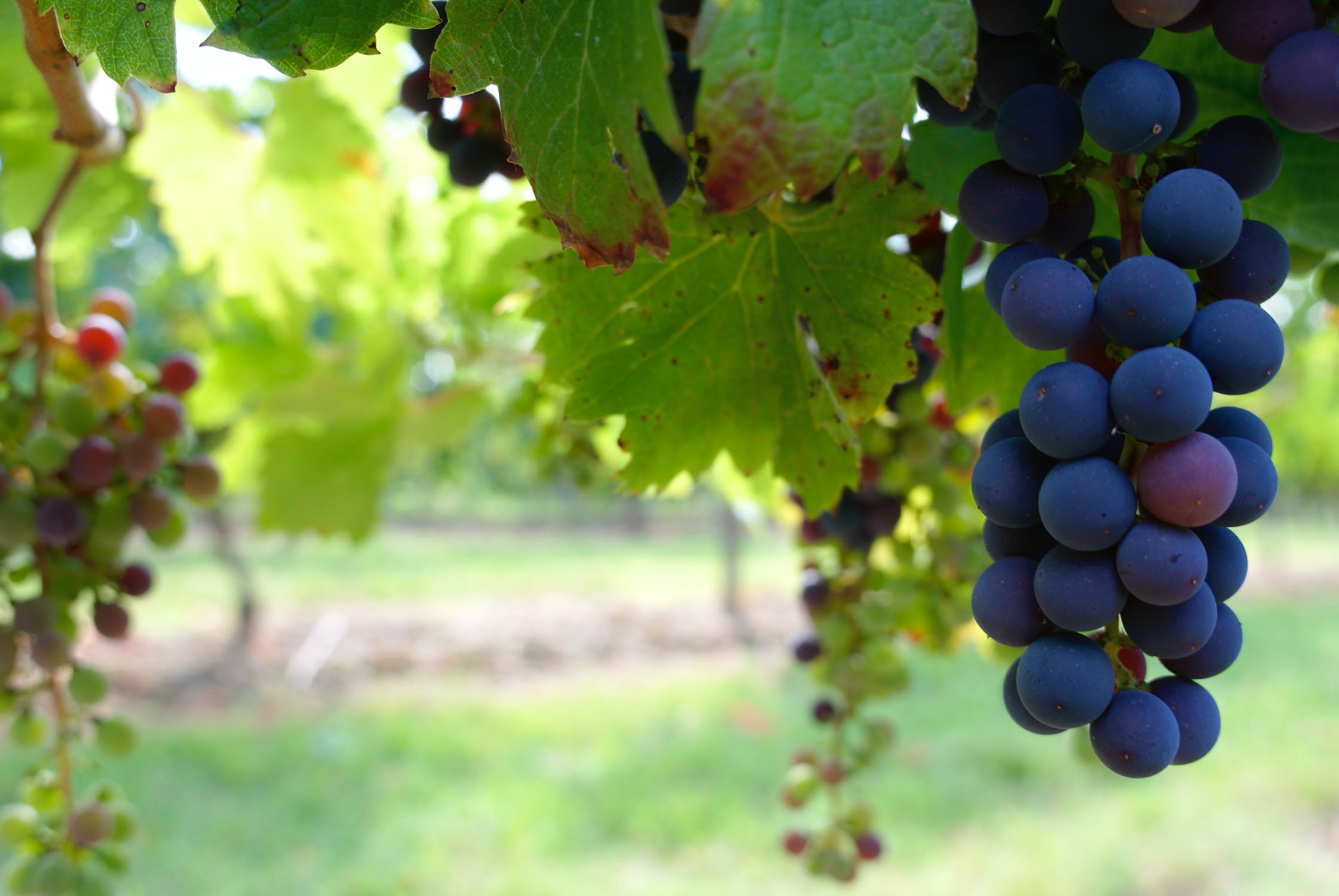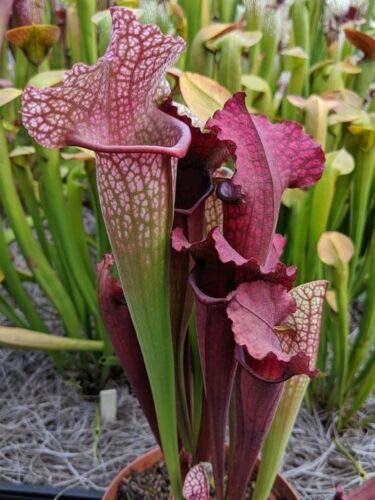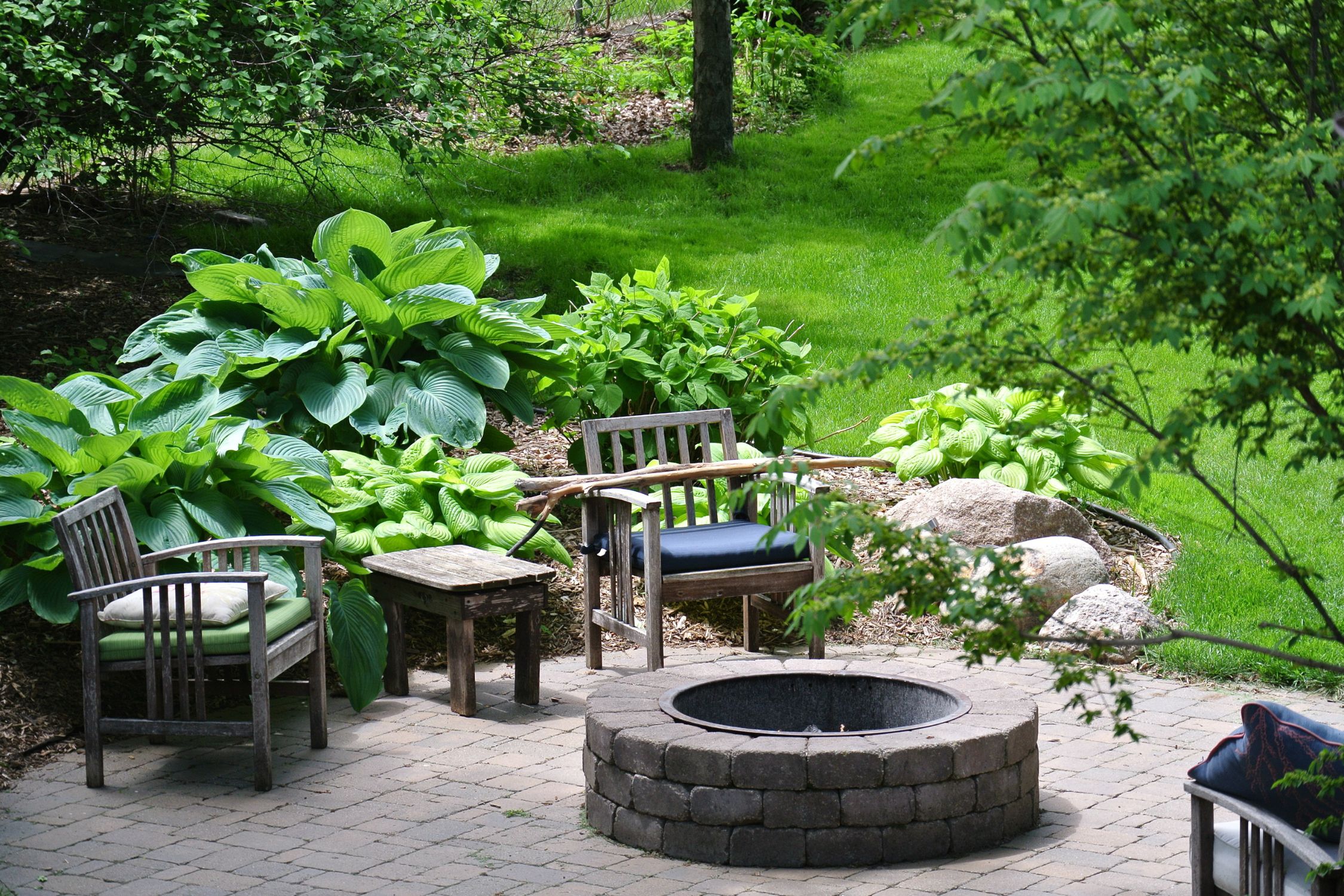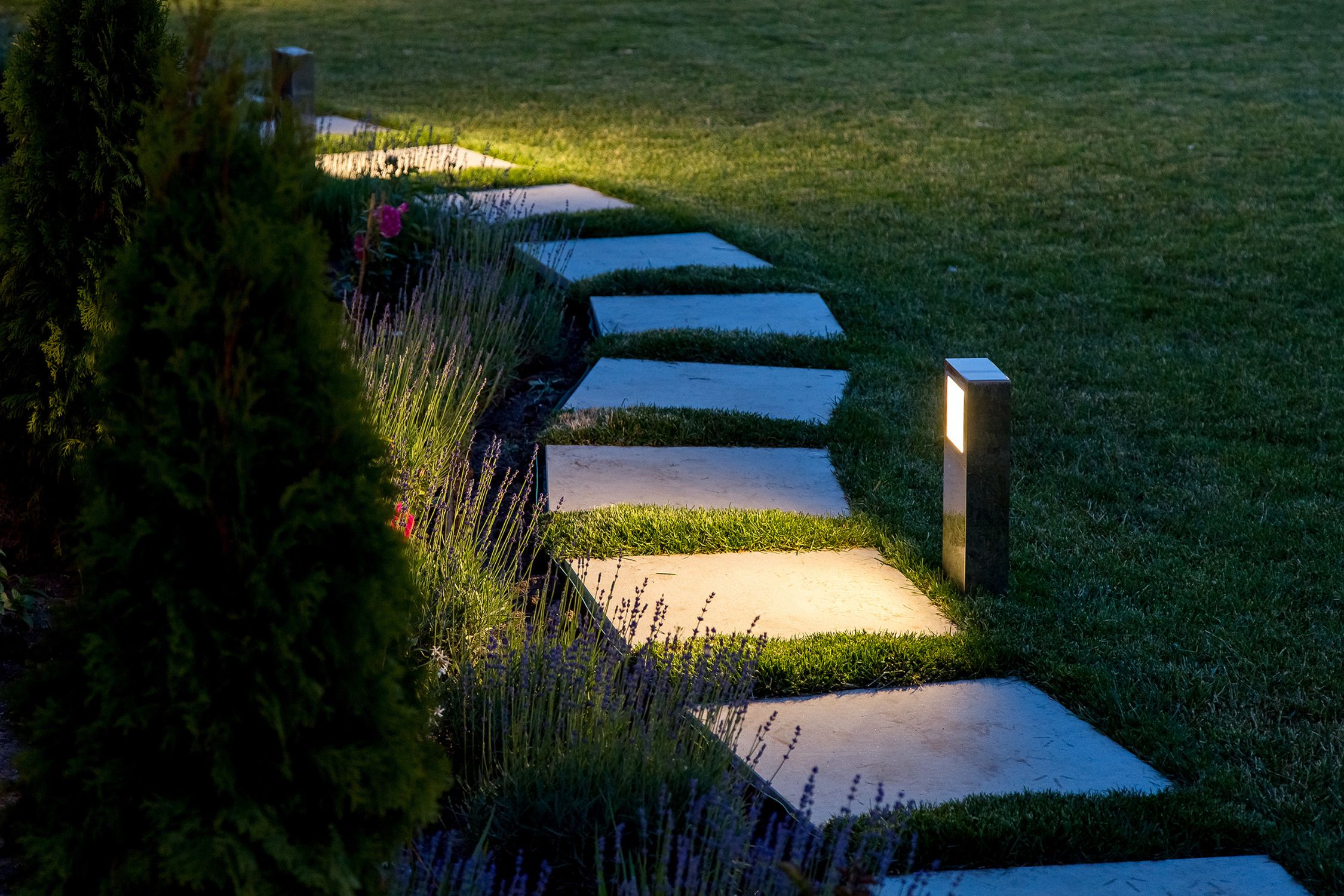A Grape Start: Your Comprehensive Guide to Growing Grapes

Grapes have held a special place in our culinary history for millennia. Whether enjoyed fresh, as raisins, or transformed into wine, grapes are a versatile and rewarding fruit to grow in your garden. The allure of cultivating your grapevines, nurturing them from tender shoots to bountiful clusters, and savoring the fruit of your labor is a dream many gardeners aspire to. In this comprehensive guide, we will walk you through the art of grape cultivation, from selecting the right varieties to nurturing your vines, and ultimately, harvesting the delicious fruit.







